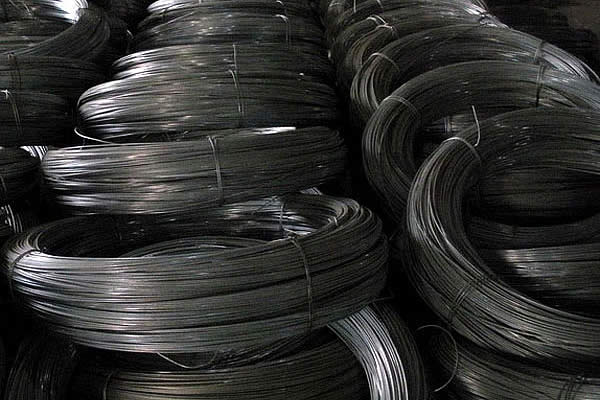 TEL:
+86-13102802206
TEL:
+86-13102802206
 Email:
fencenetting@china.com
Email:
fencenetting@china.com
 Language
Language
 TEL:
+86-13102802206
TEL:
+86-13102802206
 Email:
fencenetting@china.com
Email:
fencenetting@china.com
 Language
Language


The Importance of Prison Mesh Fencing
In the realm of security, particularly in correctional facilities, the implementation of effective fencing systems is crucial. One such innovative solution is prison mesh fencing, a method that has gained popularity due to its effectiveness in ensuring safety and security. This type of fencing offers numerous advantages that make it an ideal choice for prison environments.
Understanding Prison Mesh Fencing
Prison mesh fencing is typically constructed using high-tensile steel wire, creating a strong yet flexible barrier. The mesh design allows for visibility, enabling guards to easily monitor activity inside and outside the prison. These fences typically feature several unique properties, such as anti-climb designs and resistance to cutting or tampering, which enhance their security capabilities.
Benefits of Using Mesh Fencing in Prisons
1. Enhanced Security One of the primary benefits of prison mesh fencing is its ability to deter escape attempts. The high tensile strength of the material means that it is nearly impossible to cut through with standard tools. Furthermore, the anti-climb design makes it very difficult for inmates to scale the fence, significantly reducing the likelihood of escape.
2. Visibility and Monitoring Unlike solid barriers, prison mesh fencing does not obstruct the view. This transparency is advantageous for security personnel who need to monitor both the interior and exterior of the prison. With a clear line of sight, guards can quickly identify unusual behavior or potential threats, allowing for prompt intervention.

3. Cost-Effective Solution Prison administrations are often tasked with maintaining a balance between costs and security. Mesh fencing is a cost-effective alternative to more traditional fencing methods. Its durable materials require less frequent replacement and maintenance, resulting in long-term savings for correctional facilities.
4. Environmental Considerations Mesh fencing is less intrusive than solid walls, providing a less oppressive environment. This can contribute positively to the overall atmosphere of the facility, promoting a sense of openness while still maintaining strict security protocols. Additionally, improved airflow and natural light can reach the prison yard, making it a more humane living space for inmates.
5. Adaptability Prison mesh fencing can be tailored to suit various needs and environments. It can be installed at varying heights and thicknesses, and additional security features such as barbed wire or electrification can be integrated when necessary. This adaptability makes it a suitable option for diverse correctional facility designs.
6. Rapid Installation The construction of prison mesh fencing can often be completed more quickly than traditional fencing options. This rapid installation enables correctional facilities to enhance security measures without significant downtime or disruption to ongoing operations.
Conclusion
Prison mesh fencing represents a forward-thinking solution that balances security needs with considerations for cost and inmate well-being. The combination of visibility, durability, and adaptability makes it an excellent choice for modern correctional facilities. As the world continues to evolve, and as security challenges become increasingly complex, the importance of reliable fencing solutions like prison mesh fencing will only grow.
In summary, the use of prison mesh fencing not only fortifies the physical barriers of correctional facilities but also promotes a more humane environment for those incarcerated. Its benefits extend beyond mere security, impacting the overall functionality and atmosphere of prison life. As facilities strive to maintain safety while improving conditions, mesh fencing stands out as an optimal choice in achieving that delicate balance.